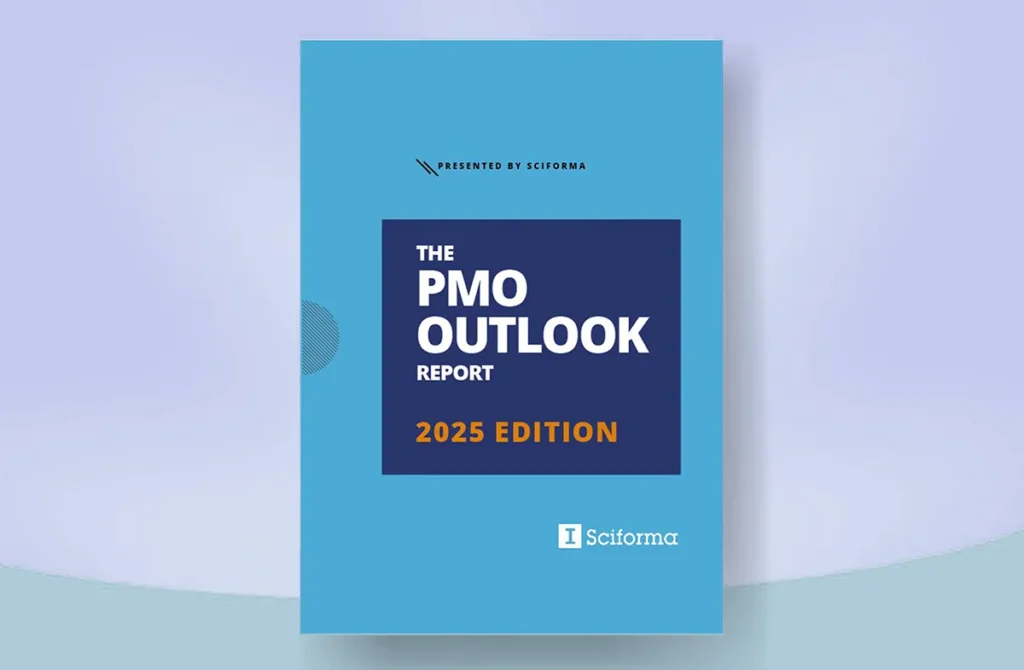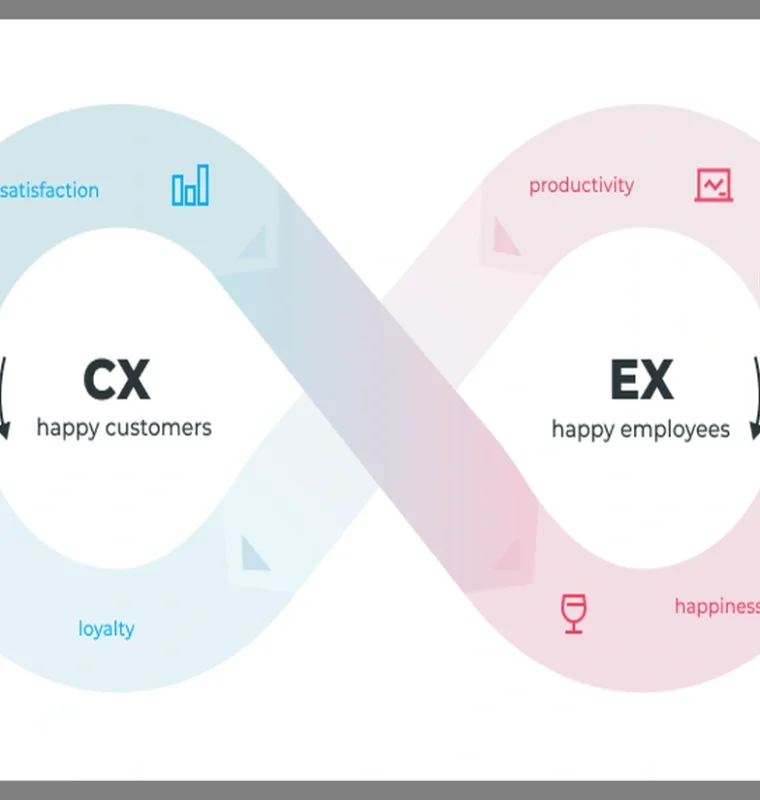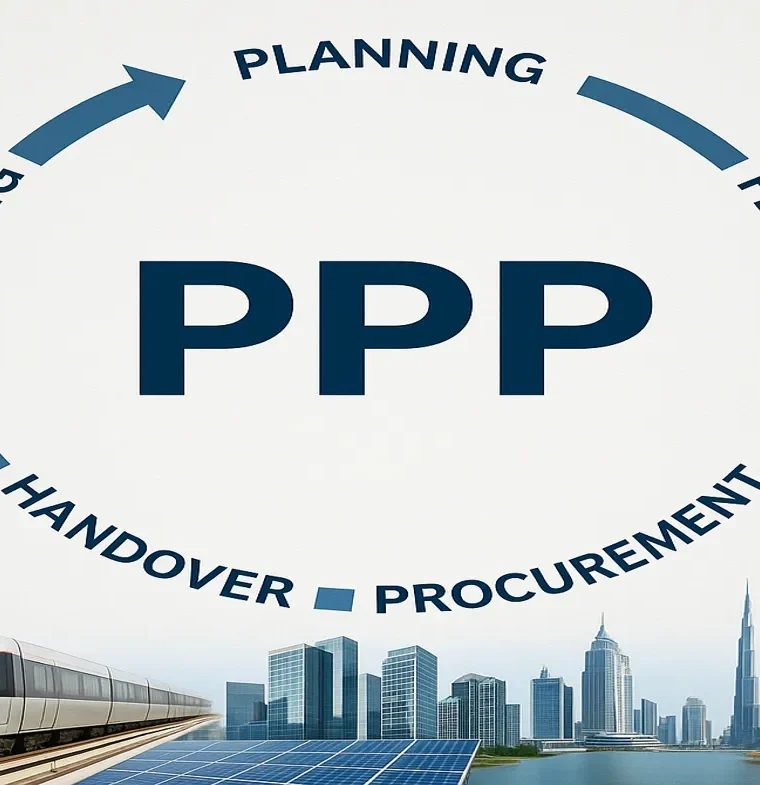Report Overview
The 2025 PMO Outlook Report, issued by Sciforma, provides a comprehensive analysis of the current state and future direction of Project Management Offices (PMOs). Drawing on survey responses from over 100 portfolio leaders, project managers, and executives—primarily across North America and the UK—the report outlines the evolving expectations placed on PMOs and examines how they are adapting to meet rising demands for strategic alignment, resource efficiency, and technological integration.
Issuing Authority
Sciforma, a recognized provider of enterprise portfolio and project management solutions, compiled and published this report. The organization supports mid-size and large enterprises in enhancing their PMO capabilities through tailored software platforms.
Strategic Relevance
This report is particularly relevant for organizations seeking to strengthen their project governance models and improve value delivery through PMOs. It identifies a key inflection point where PMOs must transition from operational support roles to becoming strategic business partners. The data points and trends highlighted reflect systemic challenges—many of which remain unresolved across industries—and offer a benchmark for evaluating PMO maturity and effectiveness.
Key Themes and Recommendations
1. Refocusing the PMO’s Role
- The majority of successful PMOs are no longer limited to tracking and reporting. They are evolving into hybrid entities combining governance, strategic oversight, and delivery assurance.
- Recommendation: Redefine the PMO’s mandate in alignment with executive expectations and measurable business outcomes.
2. Improving Resource Management
- 40% of respondents identified resource management as the top challenge, particularly around capacity planning and utilization.
- Recommendation: Invest in tools that enable real-time visibility of resource demand and availability. Consider workforce planning frameworks to bridge capacity gaps.
3. Aligning Project Priorities
- Over 60% of organizations rely on either executive directive or ad-hoc prioritization methods.
- Recommendation: Shift toward value-based scoring and portfolio optimization techniques to ensure that projects are aligned with strategic goals.
4. Strengthening Visibility and Reporting
- Disconnected systems and non-centralized data hinder decision-making and performance tracking.
- Recommendation: Centralize project data and automate reporting through integrated portfolio management solutions.
5. Embracing AI and Data-Driven Practices
- Despite low current adoption, 78% of PMO leaders believe AI can enhance project delivery.
- Recommendation: Start with pilot initiatives using AI for scheduling, risk assessment, and reporting. Upskill teams and address change management proactively.
6. Revisiting Success Metrics
- A misalignment exists between how PMOs measure success (e.g., time and budget) and how failure is perceived (e.g., stakeholder dissatisfaction).
- Recommendation: Co-develop success criteria with executive leadership, balancing operational KPIs with outcome-based indicators.
Local Application (UAE and Regional Context)
In the UAE and broader GCC region, where government entities and large organizations are accelerating digital transformation and infrastructure programs, the report’s findings offer several practical implications:
- Strategic Fit: Aligning PMO functions with national agendas (e.g., Vision 2031, green economy initiatives) requires a shift toward strategic governance models.
- Workforce Localization: Resource capacity challenges can be addressed by strengthening national talent pipelines through targeted PMO capability development programs.
- Technology Enablement: Government and semi-government institutions can benefit from leveraging AI and integrated project platforms to improve transparency, reduce delays, and support agile delivery models.
- Executive Alignment: Given the hierarchical decision-making common in the region, establishing clearer prioritization frameworks beyond top-down mandates will improve consistency and accountability.
Conclusion The 2025 PMO Outlook Report offers actionable insights for rethinking the role of PMOs as enablers of strategic value. For regional organizations aiming to lead in performance and innovation, adopting the report’s recommendations can accelerate their transition to high-impact, insight-driv


















